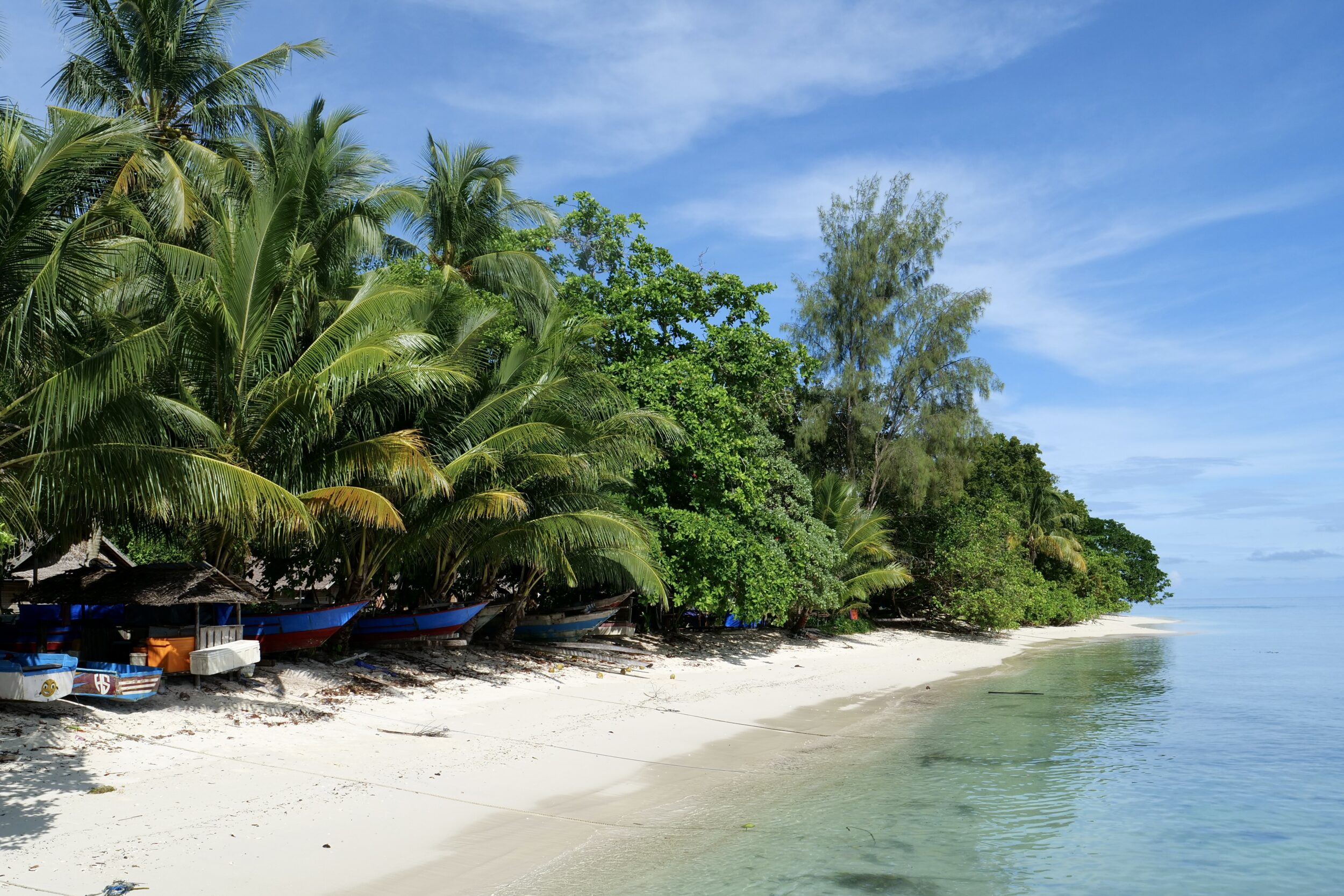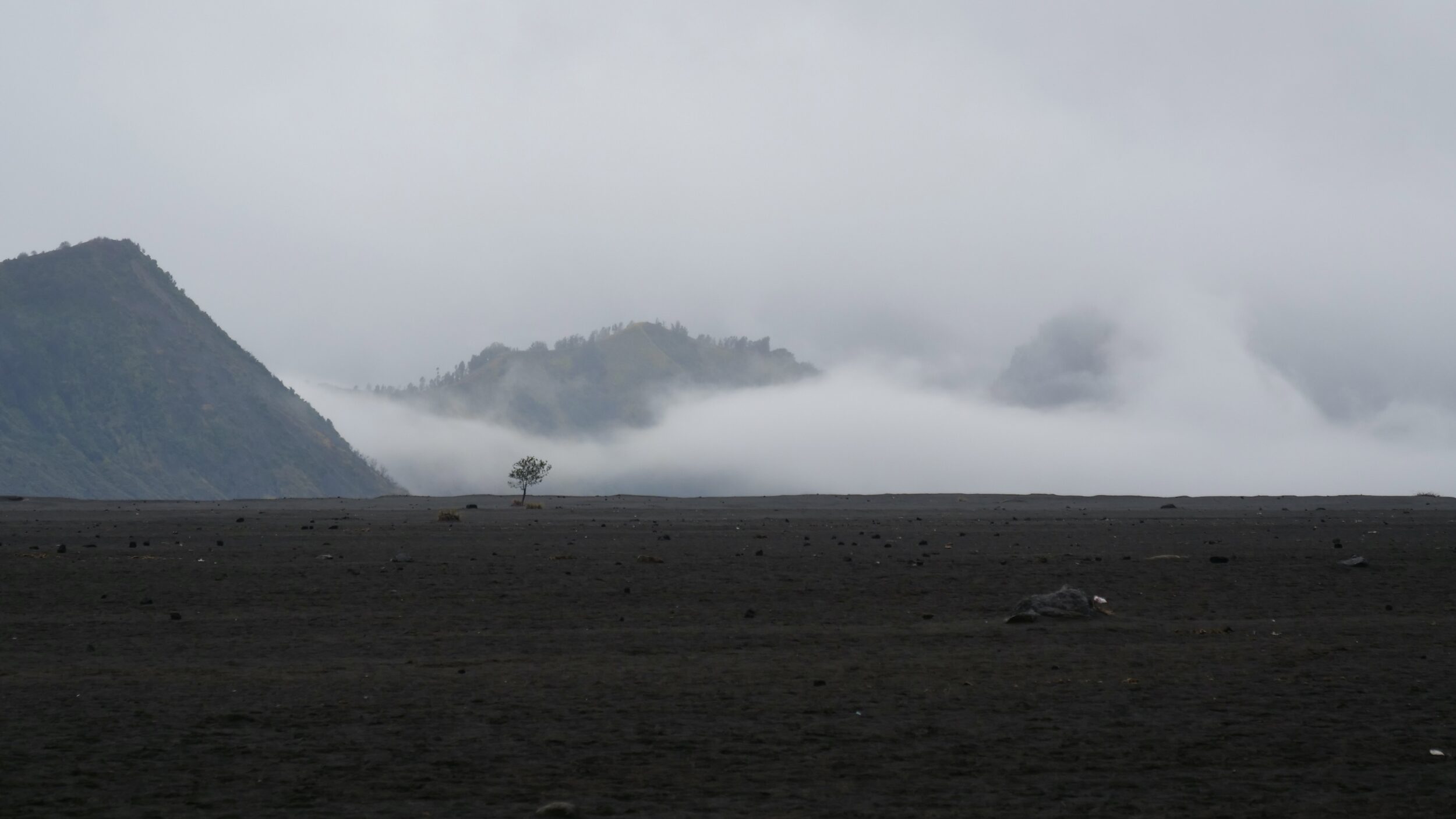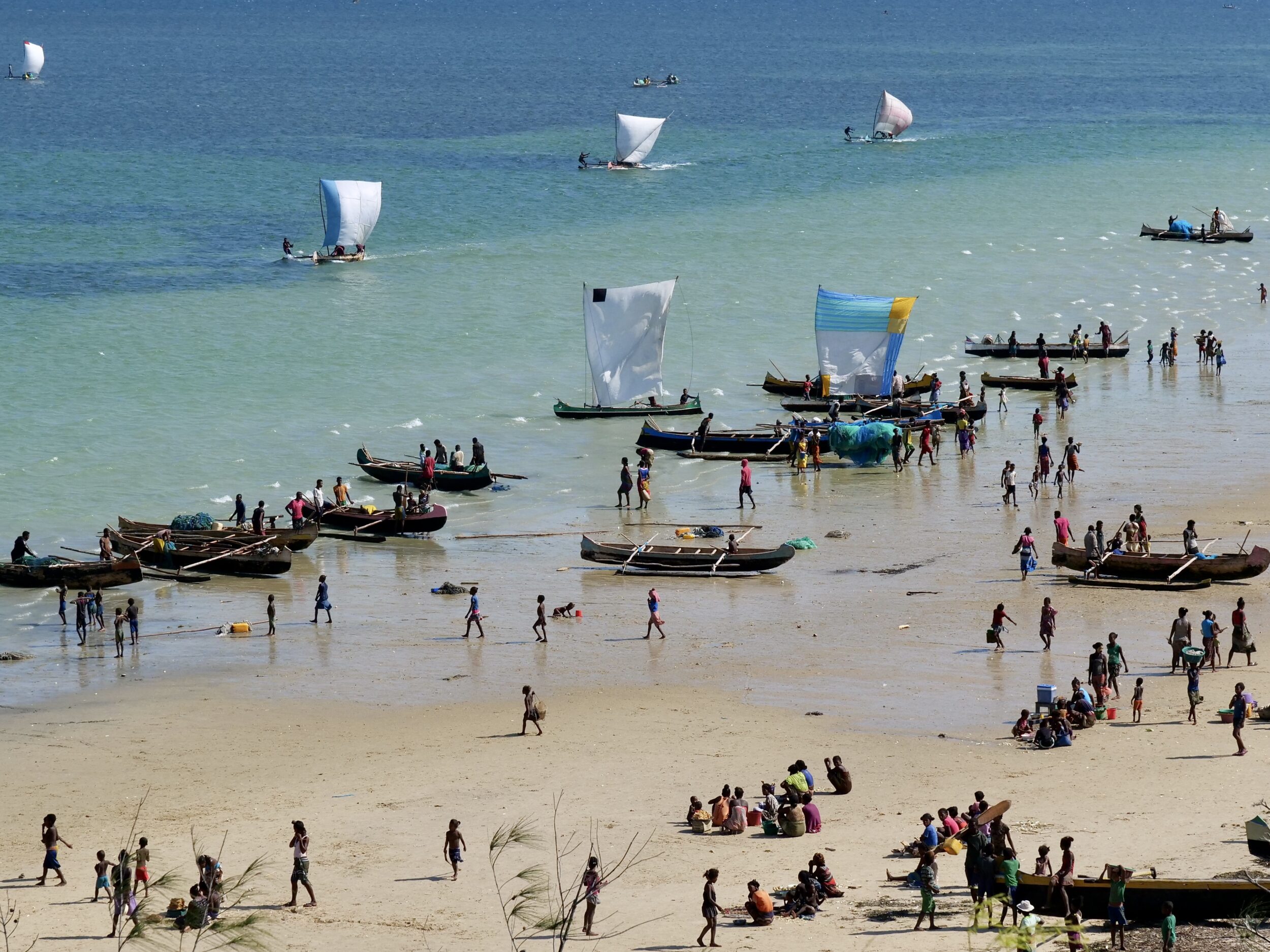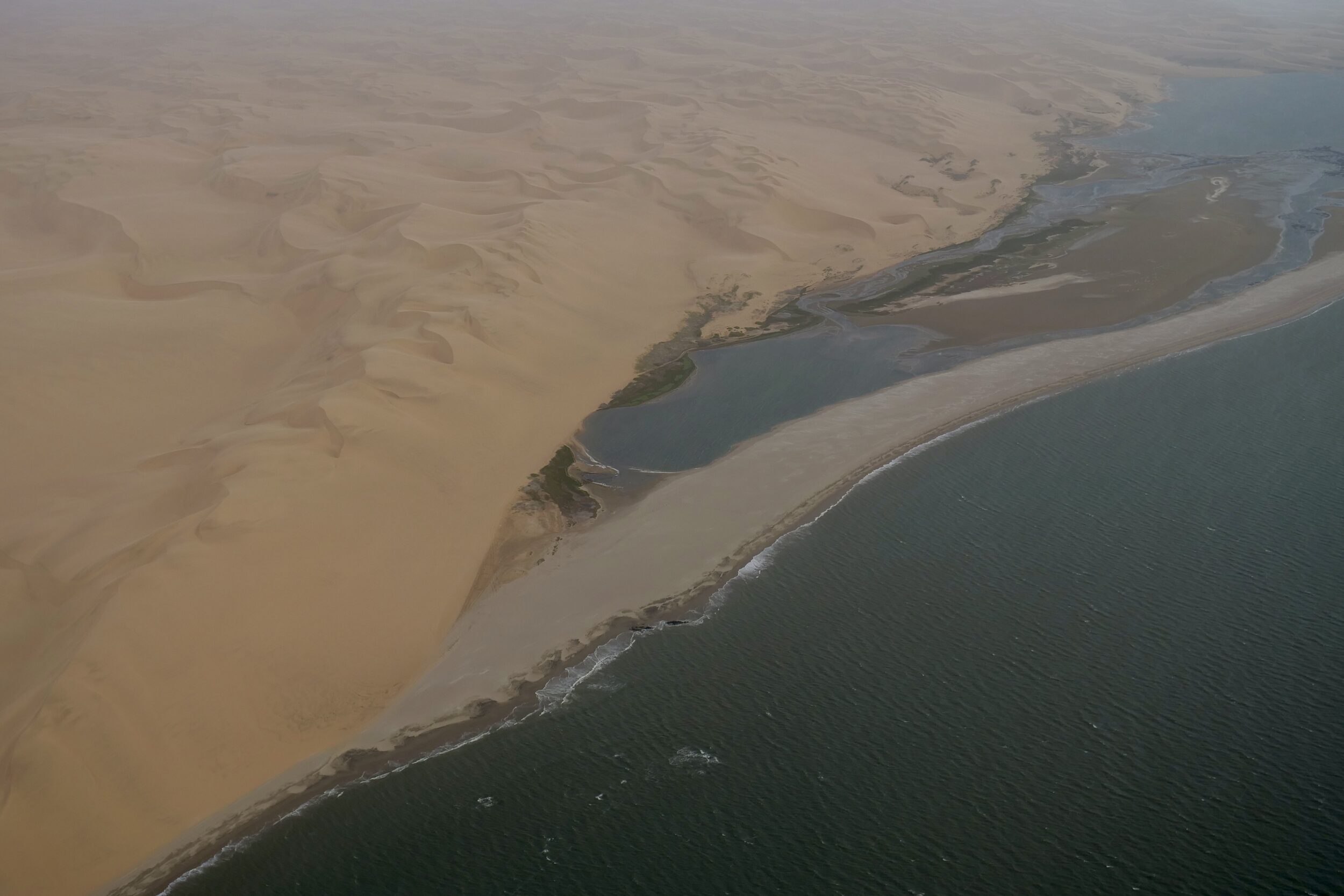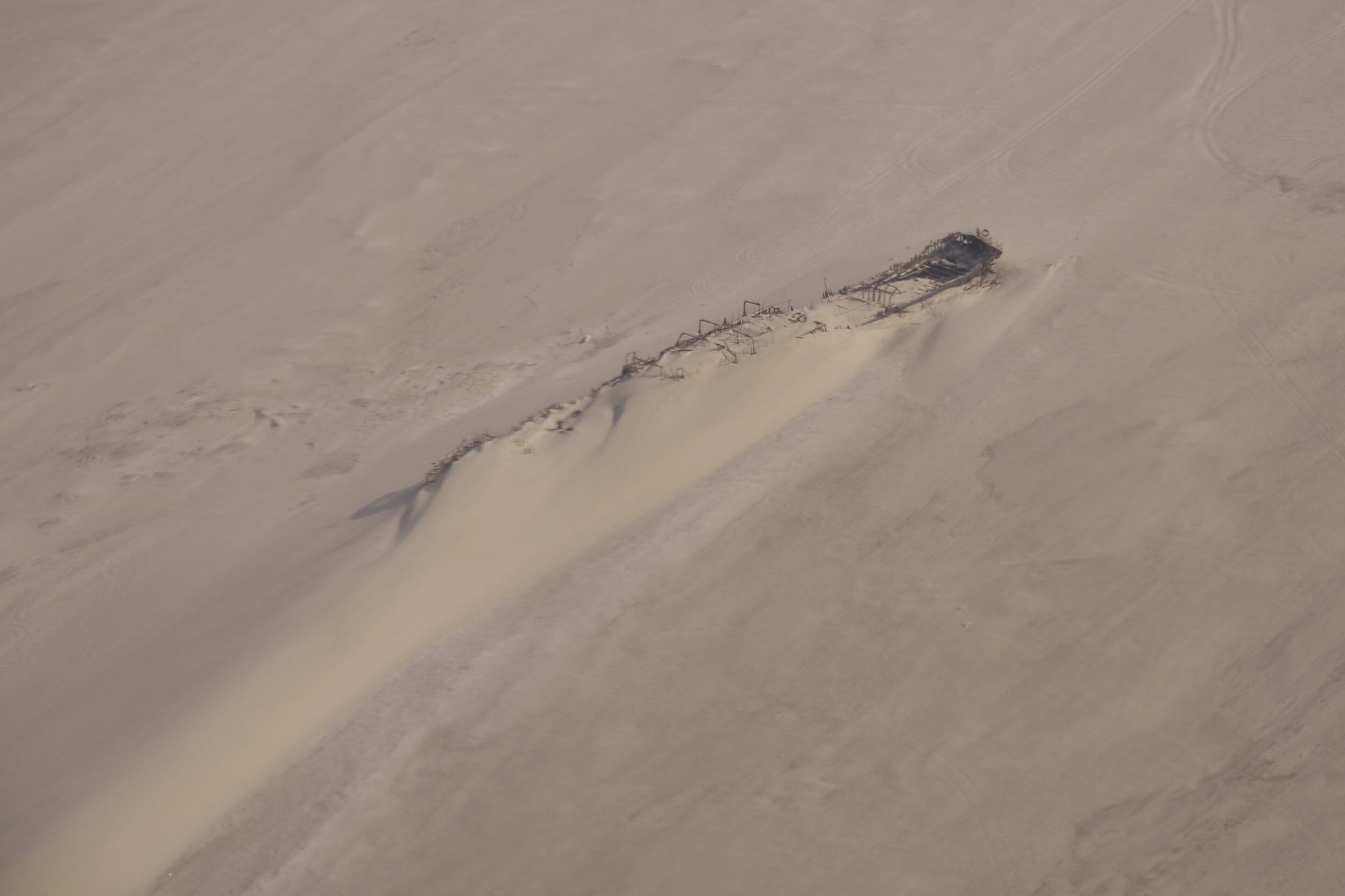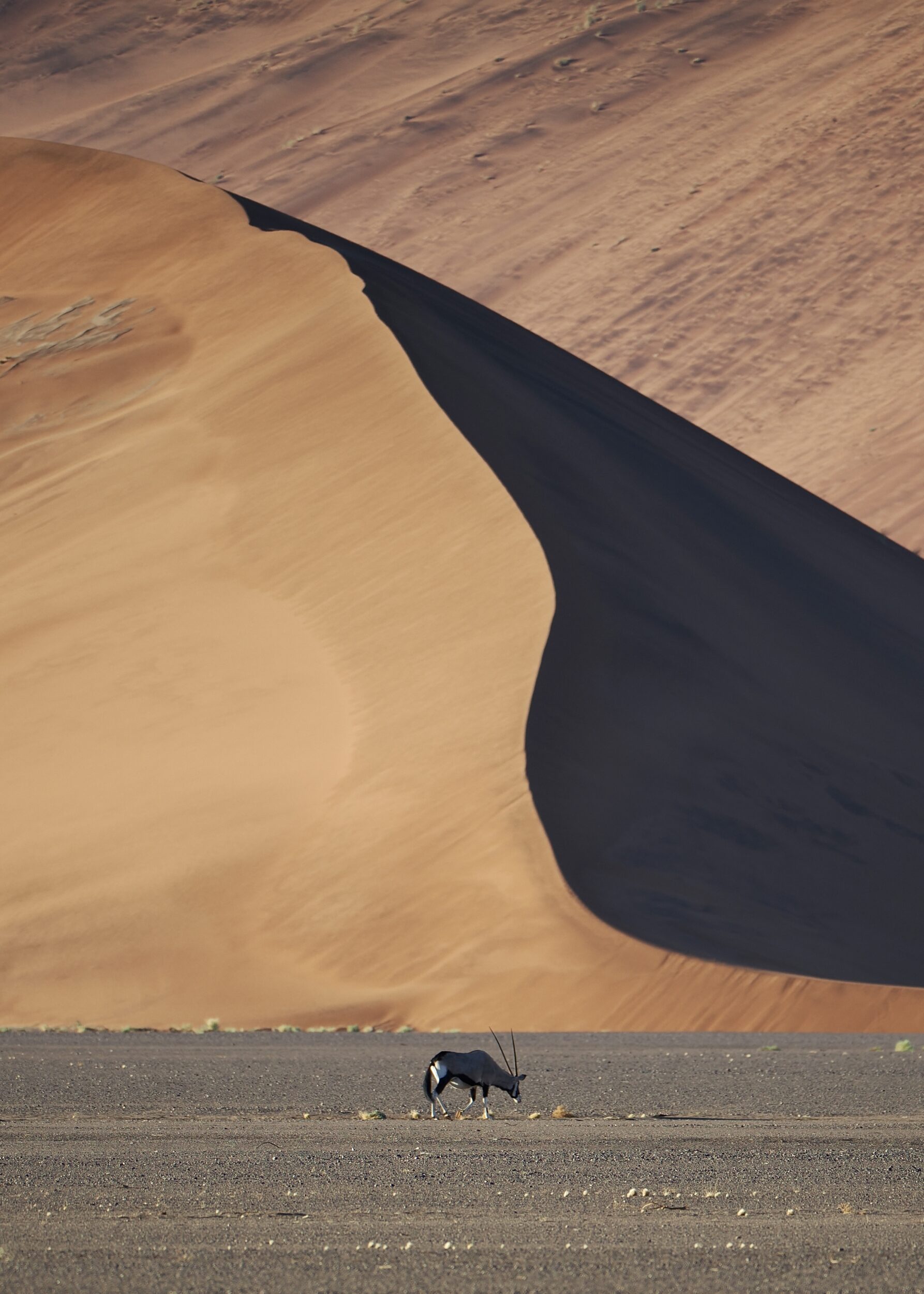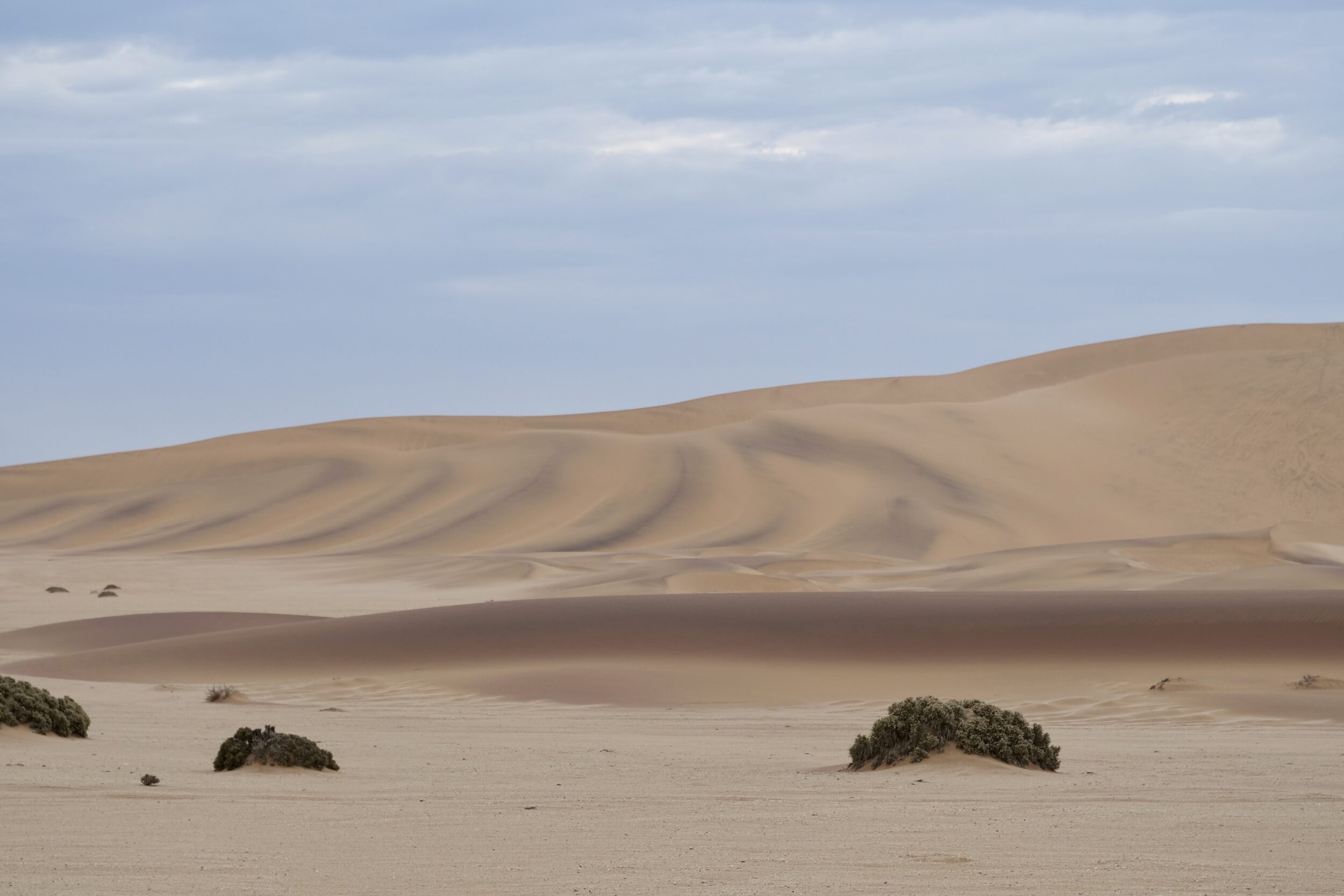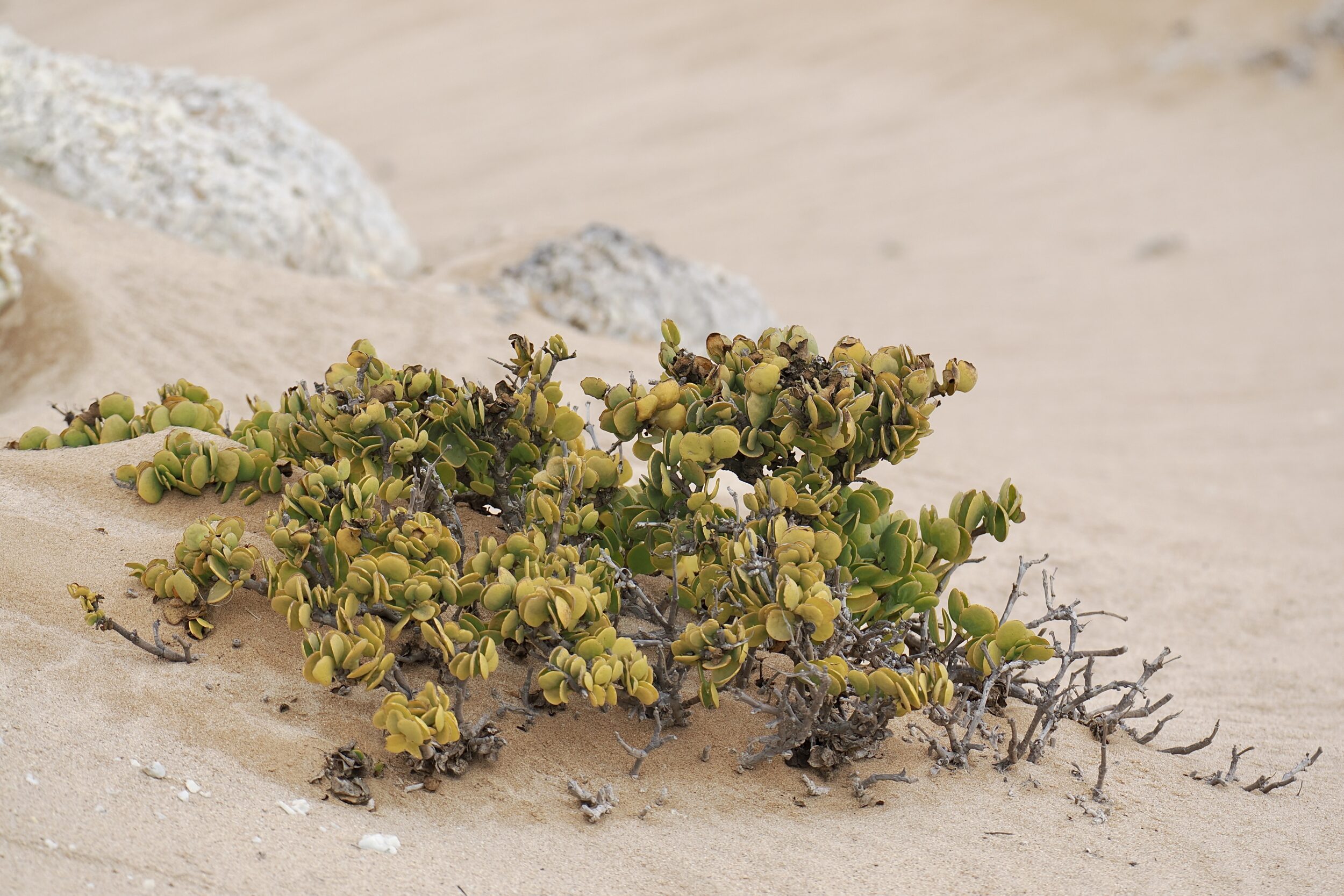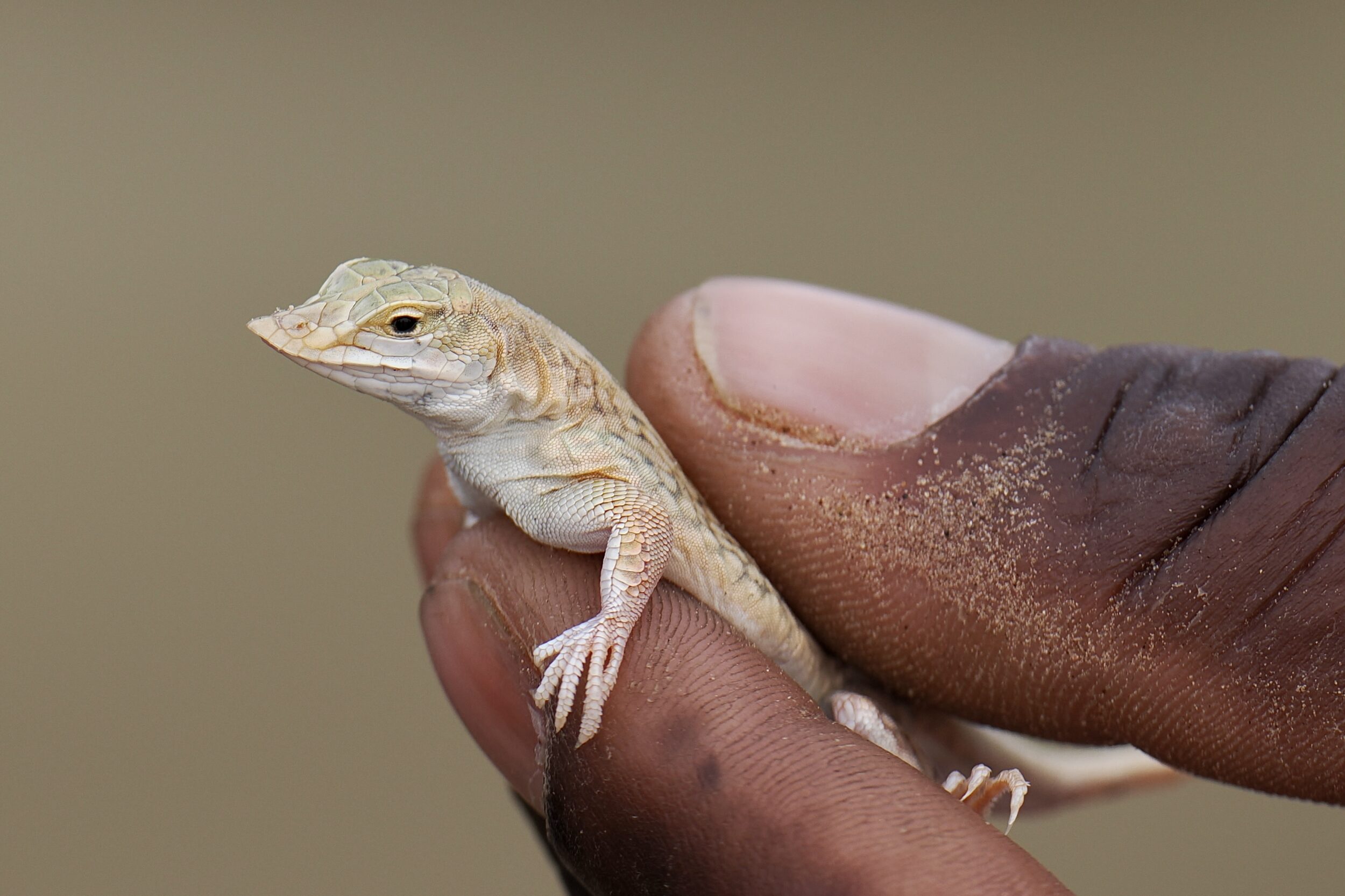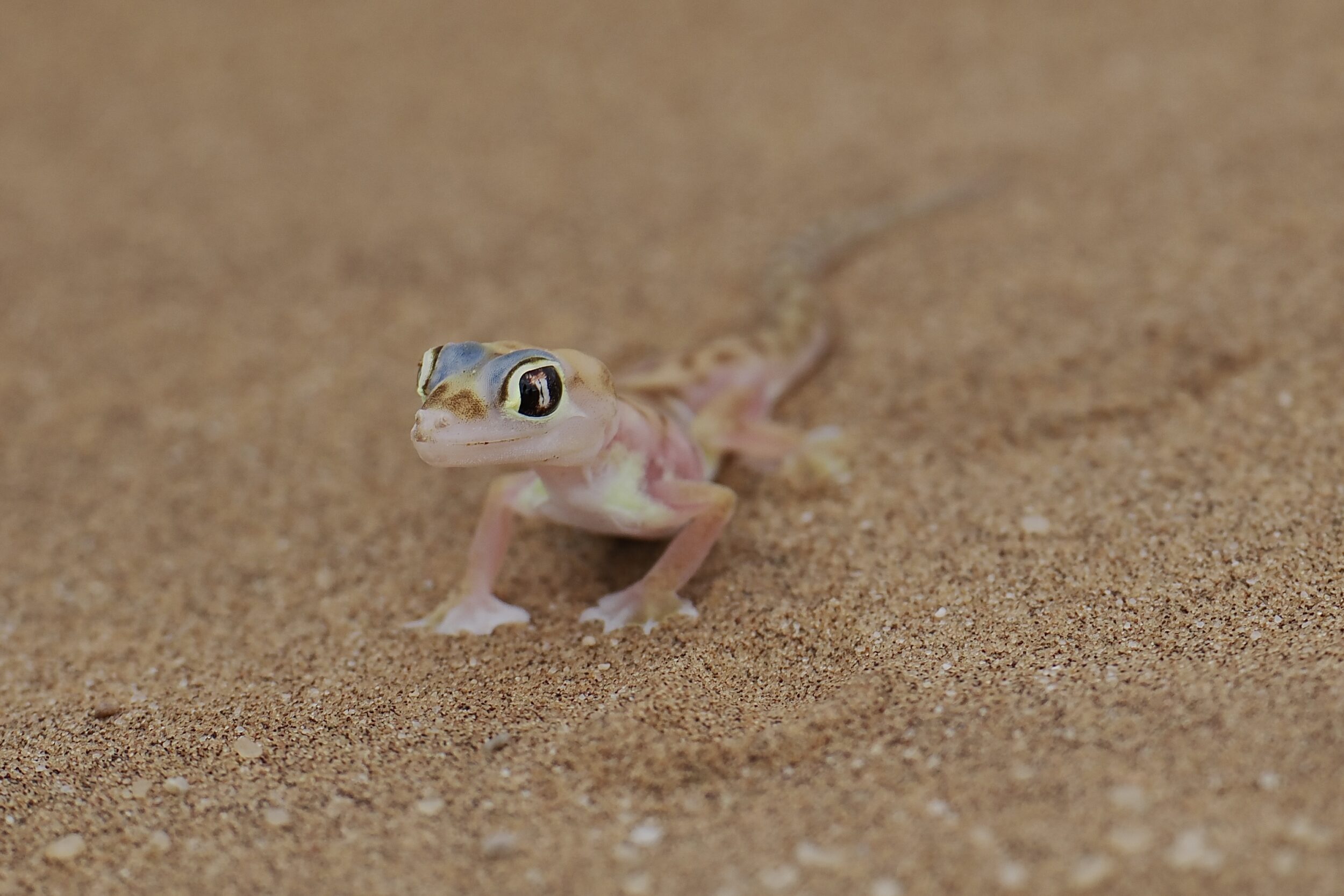East Java’s Bromo Tengger Semeru National Park (aka, within Indonesia, as “TNBTS”) contains multiple volcanoes.
Mount Semeru (3,676 metres) is Java’s highest peak, atop which snow sometimes sits, albeit briefly.
However, the park’s “tourist magnet” is a volcano that is much less lofty, but currently much more active
Mount Bromo (2, 329 metres) is surrounded by Indonesia’s only desert-like expanse.
Bromo is one of the four or five “new” volcanoes (visibility was limited when we were there. some sources say “four”, others say “five”) that have arisen from the floor of the huge caldera created by the much older Tengger volcano.
The Tengger Sand Sea’s “sands” are a mix of volcanic ash and sand – the mostly-basaltic “fruit” of Bromo’s eruptions.
